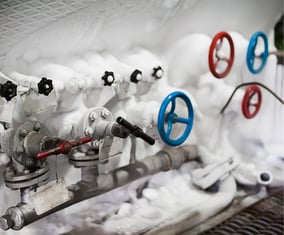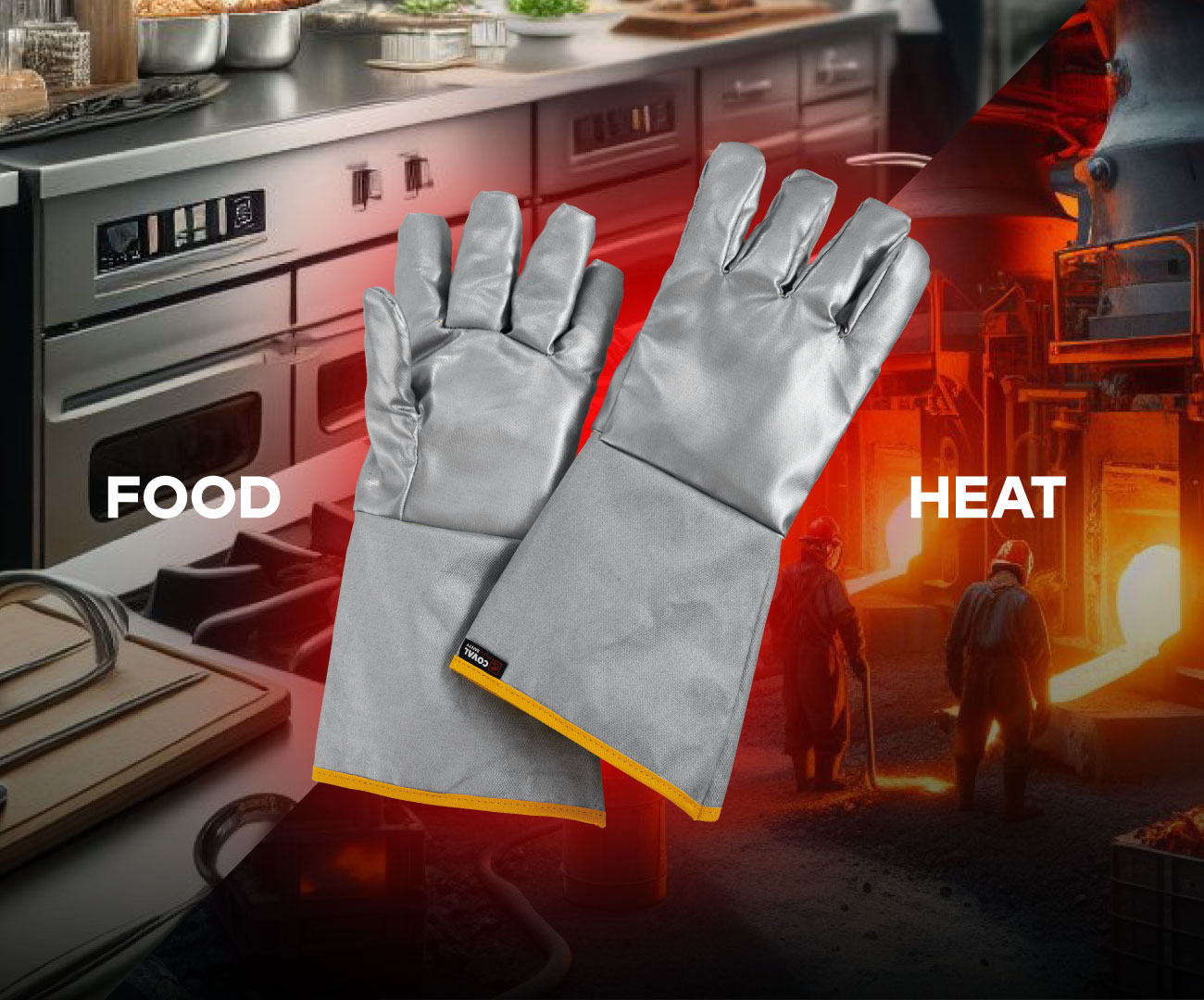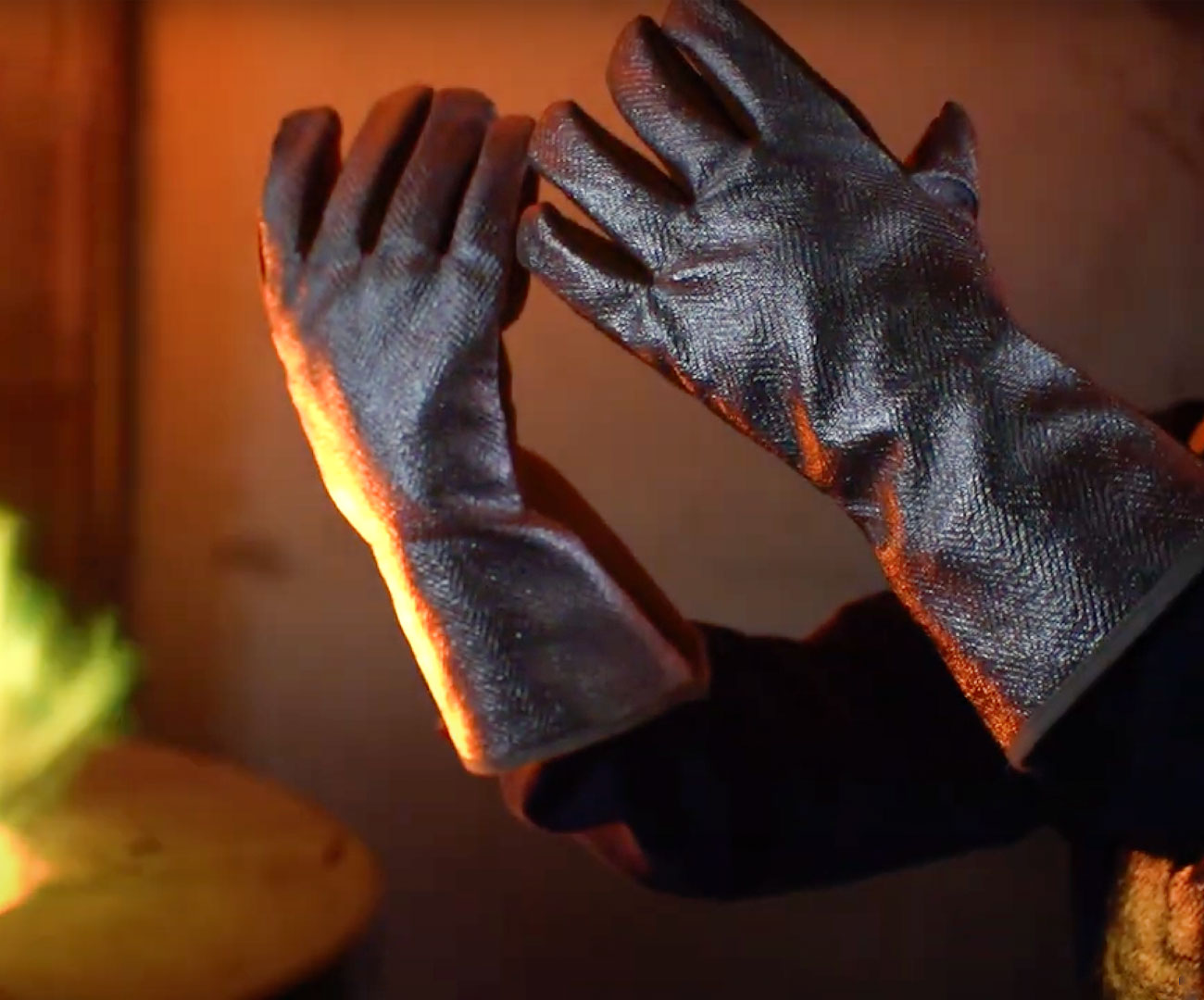The Various Applications of Cryogenic Gloves
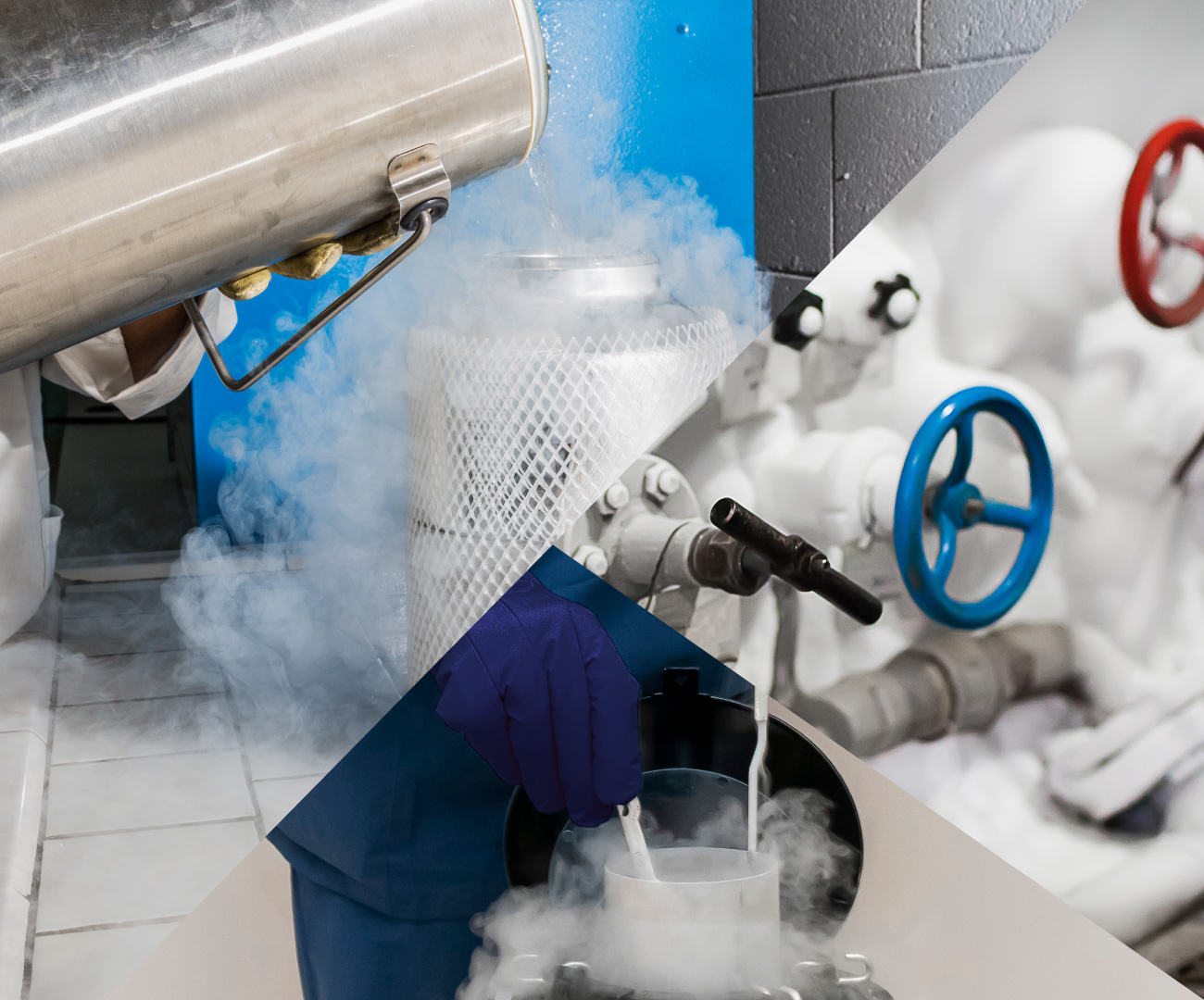
In the broad spectrum of protective clothing, there exists a segment of products that stands out for its innovation and versatility: cryogenic gloves. But what exactly are cryogenic gloves and why are they so important for those working in extremely cold environments or handling materials at low temperatures?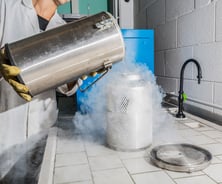
Let's begin by defining the concept of cryogenics: it is the science that studies phenomena and materials at extremely low temperatures, close to absolute zero (-273.15°C). Cryogenic gas, such as liquid nitrogen or helium, is used to achieve these extreme temperatures, creating a suitable environment for various industrial processes, scientific research, and medicine.
How to Approach Cryogenic Environments
Cryogenic environments pose a unique challenge: tackling these environments requires not only attention to personal safety but also careful planning and the use of specialized equipment.
Wearing appropriate protective clothing is crucial to protect oneself from low temperatures: cryogenic gloves, specially designed to withstand low temperatures, are a fundamental component of protective clothing in cryogenic environments.
Cryogenic Gloves: Features and Applications
In these extreme conditions, cryogenic gloves become the ideal ally for worker safety. A quality product ensures the safeguarding of the work environment and therefore greater peace of mind during the operational phase.
Cryogenic PPE find application in various sectors:

Production and Transport of Liquid Gases: Cryogenic gloves allow operators to manipulate valves, pipes, and equipment safely and comfortably, protecting their hands from low temperatures and the hazards associated with potential splashes of liquid gases.
Scientific Research, Medical Technologies: In environments where drugs sensitive to temperatures are produced, cryogenic gloves are essential for precisely manipulating materials and ensuring the safety and quality of the final product. Another example of use is cryotherapy for skin treatment, or the cryopreservation of genetic samples.
But what are the characteristics that make cryogenic gloves so effective and reliable?
First and foremost, they must be made with high-quality insulating materials, capable of retaining body heat and protecting the hands from low temperatures. Additionally, they must offer good flexibility and tactile sensitivity to allow for precise manipulation of even very small objects, such as laboratory test tubes.
Coval Safety Cryogenic Gloves
At Coval Safety, we have developed a line of products to better address extreme cold conditions, grouped under the Coval COLD line.
 ARTIC FOX gloves are designed to offer reliable protection and optimal comfort in extremely low temperature environments, ideal for handling liquid nitrogen and cryogenic gases in laboratories or industrial settings.
ARTIC FOX gloves are designed to offer reliable protection and optimal comfort in extremely low temperature environments, ideal for handling liquid nitrogen and cryogenic gases in laboratories or industrial settings.
Made of high-tenacity blue fabric, they guarantee resistance and comfort even during prolonged use, combining safety, thermal insulation, and practicality for every operator.
The palm and fingers are coated with gray silicone-coated thermal fabric, which is non-slip, for a secure and stable grip on cryogenic instruments and containers.
 ARTIC LYNX 5-finger cryogenic gloves are designed to offer complete protection and optimal comfort in extremely low temperature environments, ideal for handling cryogenic gases and liquid nitrogen.
ARTIC LYNX 5-finger cryogenic gloves are designed to offer complete protection and optimal comfort in extremely low temperature environments, ideal for handling cryogenic gases and liquid nitrogen.
Made entirely from premium quality leather with a water-repellent treatment, ARTICLYNX gloves guarantee durability and protection, keeping hands dry even in extreme conditions.
 ARTIC POLAR 5-finger cryogenic gloves are designed to provide optimal protection and comfort in extremely low temperature environments, ideal for handling cryogenic gases and liquid nitrogen at -196°C.
ARTIC POLAR 5-finger cryogenic gloves are designed to provide optimal protection and comfort in extremely low temperature environments, ideal for handling cryogenic gases and liquid nitrogen at -196°C.
Made of high-tenacity dark blue polyamide fabric with breathable knit, ARTICPOLAR gloves offer superior resistance to wear and cryogenic gas splashes, combining safety, thermal insulation, and ease of use for every operator.

